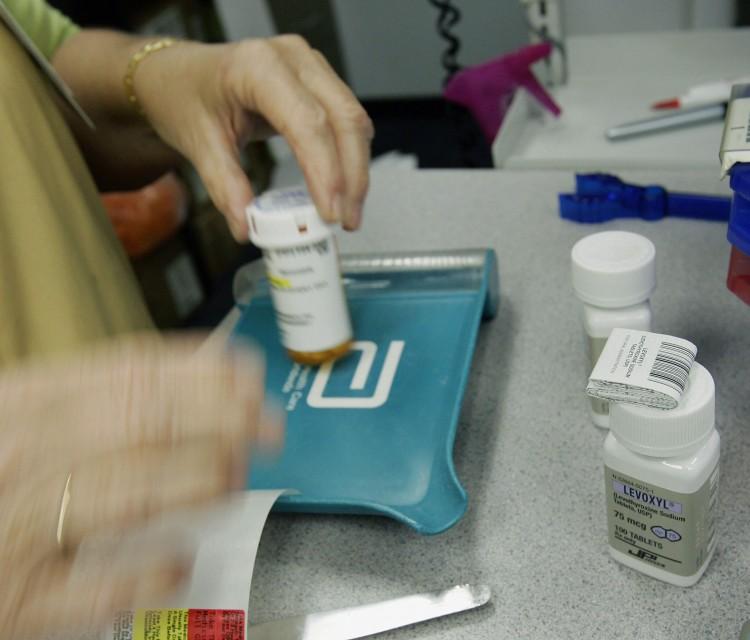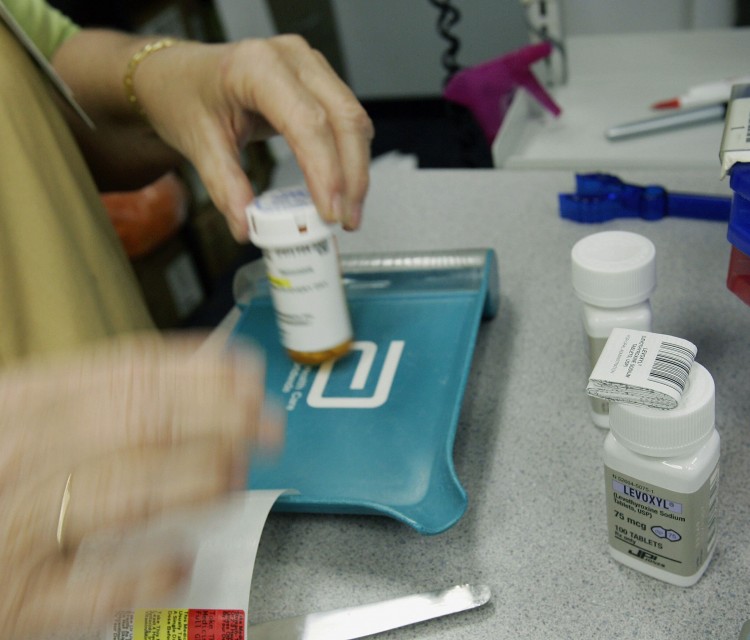Government efforts to combat Canada’s critical drug shortage are only a temporary band-aid solution, and a much broader strategy is needed to address the fundamental issues, says a Queens University professor who has been studying the shortage and runs a website devoted to it.
Health Minister Leona Agluqqak announced last week that Health Canada would be cutting the drug review process from six months to one month in order to fast-track alternate supplies of generic drugs that are currently in acute shortage.
“It’s good that Health Canada wants to fast-track solutions, but that’s not solving it—it’s just a stop-gap measure to help relieve the current crisis. It’s not addressing the causes of the problem in the first place,” says Jacalyn Duffin, a haematologist and medical historian.
A recent fire and production slowdown at Quebec-based drug manufacturer Sandoz, which produces about 90 percent of generic injectable drugs for Canada, has fuelled a nationwide shortage of critical medicines such as anesthetics, painkillers, cancer drugs, and antibiotics.
The shortage has been called a “potential crisis” by the Canadian Medical Association.
Hospitals in Ontario, Quebec, and B.C. have cancelled some surgeries due to fears of insufficient drug supply, and some medical centres are rationing drugs because of uncertain refill stocks.
However, the shortage started long before Sandoz’s production problems. Duffin says she has been sounding the alarm for years, setting up the website canadadrugshortage.com to document the issue.
“I’ve been trying to get people to pay attention for a couple of years now, because we do have a crisis that needs to be solved. But all of that stuff to do with Sandoz is the tip of the iceberg—there’s a lot of other kinds of shortages that have been going on for a really long time,” she says.
The fundamental causes of the shortage are difficult to pin down, and are often explained by industry players as a shortage of raw material from foreign sellers, fluctuating market demands, or the increasing pressure to produce drugs cheaply.
But Duffin is skeptical of these claims and notes similar patterns have also occurred in other developed countries such as Australia and the U.S., where often it’s the “older, cheaper” generic drugs that run short.
“If it were only a shortage of raw materials then it would affect the cheap, old drugs as well as the new expensive ones, right? It would affect them both equally, because they’re all made out of the same stuff originally,” she says.
“I see the problem as very, very serious, because I see it as a philosophical and economic problem that our country is being held hostage by an industry that we don’t understand and we don’t own.”
Single Supplier Problematic
Due to their off-patent status, and low research, development, and marketing costs, generic drugs are generally a fraction of the price of their brand-name counterparts.
Their affordability also makes them less lucrative for manufacturers, which is one of the reasons Sandoz has few competitors in the Canadian market.
This places Canadian patients in a vulnerable position when production of popular drugs from a single supplier are disrupted, further compounded by a lack of legislation in place to force drug manufacturers to report delays or problems.
Currently drug companies can report production issues on a voluntary basis.
Sandoz said at the end of February that it is working to maintain a reliable supply of essential medicines “following a temporary slow-down in production.”
“Our objective is to restore normal levels of supply as soon as possible,” Sandoz Canada president Michel Robidoux said in a release.
“We will focus all available capacity on the supply of medically necessary injectable medicines to try to ensure that patients with critical medical conditions continue receiving adequate treatment. Our patients remain our top priority.”
Last week the NDP called for a national strategy to prevent and manage future drug shortages, including a mandatory reporting system for drug companies facing production disruptions.
Duffin says any long-term strategy to address the fundamental causes would need strong leadership by the federal government and Health Canada in conjunction with Industry Canada, and should also include Foreign Affairs to learn from other regions that face shortages.
“This is a global problem and we’re not the only country that has that problem. So nations can talk to each other to find out what the real causes are. Some of them are going to be economic, and some of them are going to be manufacturing issues, but people are suffering, and the people who suffer the most are the sick,” she says.
The Canadian Generic Pharmaceutical Association (CGPA) said recently that the prescription drug shortage is “of serious concern” and pledged to work with governments to develop a tracking system that would report anticipated shortages and recommend solutions when medications are unavailable.





